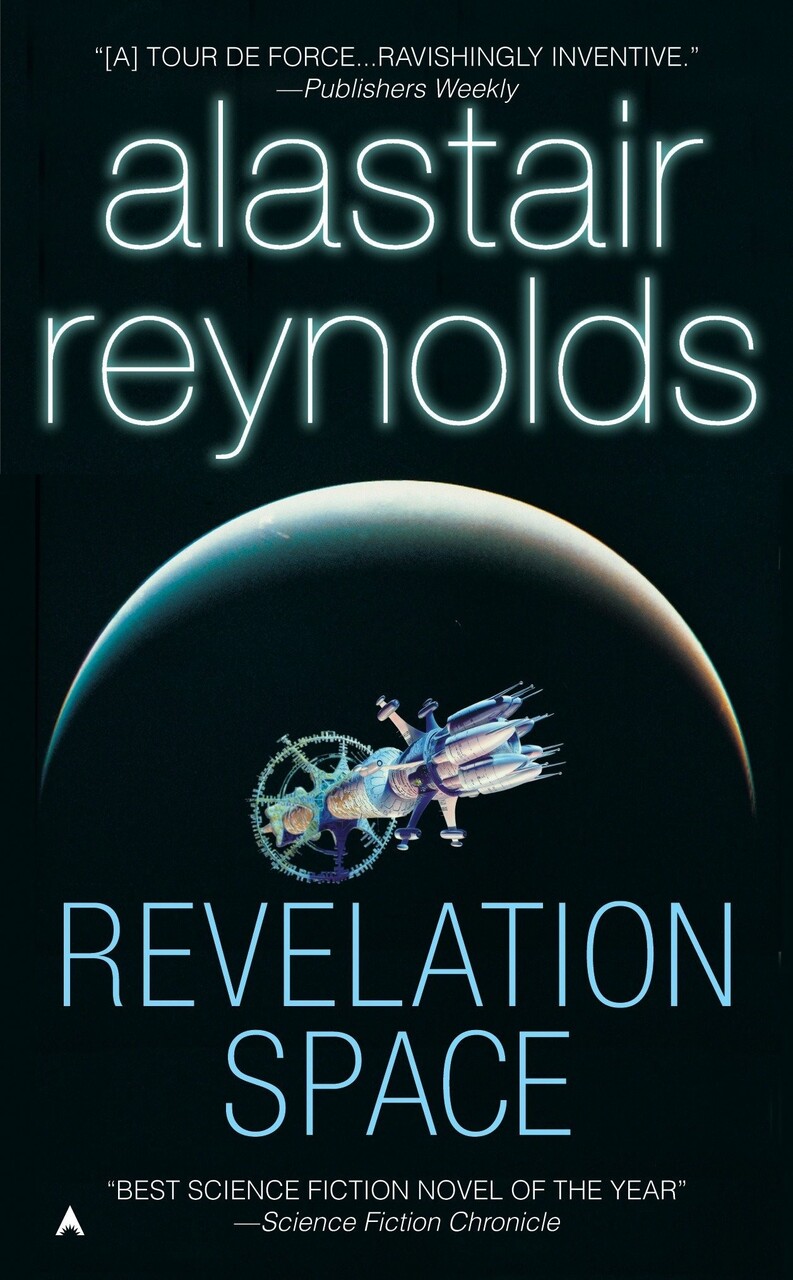- (https://b-ark.ca/ksKKwg)
I’m riding in the 2025 Enbridge Tour Alberta for Cancer, raising money for the Alberta Cancer Foundation, and have so far raised $2,744, exceeding my $2,500 goal and surpassing my 2024 effort!
Help me by donating here
And remember, by donating you earn a chance to win a pair of hand knitted socks!
Review: The Last Hero
(https://b-ark.ca/WwO64Y)Review of The Last Hero
<span>(<a href="https://en.wikipedia.org/wiki/Discworld">Discworld</a> #27.0)</span>by
(9780060507770)★★★★ </span>

Cohen the Barbarian.
He's been a legend in his own lifetime.
He can remember the good old days of high adventure, when being a Hero meant one didn't have to worry about aching backs and lawyers and civilization.
But these days, he can't always remember just where he put his teeth...
So now, with his ancient (yet still trusty) sword and new walking stick in hand, Cohen gathers a group of his old -- very old -- friends to embark on one final quest. He's going to climb the highest mountain of Discworld and meet the gods.
It's time the Last Hero in the world returns what the first hero stole. Trouble is, that'll mean the end of the world, if no one stops him in time.
Just what I needed to wash away the lingering after-effects of Revelation Space… short, sweet, perfect Pratchett. If you’ve ever wondered why satire is an important artform, Pratchett shows us, with his uncanny ability to take cliches and archetypes, twist them around, and use them to teach us a little more about ourselves:
“He’d never been keen on heroes. But he realised that he needed them to be there, like forests and mountains… he might never see them, but they filled some sort of hole in his mind. Some sort of hole in everyone’s mind.”
Review: Revelation Space
(https://b-ark.ca/Y0M_o6)Review of Revelation Space
<span>(<a href="https://en.wikipedia.org/wiki/Revelation_Space_universe">Revelation Space</a> #1.0)</span>by
(9780441009428)★★ </span>

Nine hundred thousand years ago, something annihilated the Amarantin civilization just as it was on the verge of discovering space flight. Now one scientist, Dan Sylveste, will stop at nothing to solve the Amarantin riddle before ancient history repeats itself. With no other resources at his disposal, Sylveste forges a dangerous alliance with the cyborg crew of the starship Nostalgia for Infinity. But as he closes in on the secret, a killer closes in on him. Because the Amarantin were destroyed for a reason—and if that reason is uncovered, the universe—and reality itself—could be irrevocably altered...
Poor characterization and even poorer dialogue (honestly, don’t give me the names of the characters and by their dialogue I probably wouldn’t be able to tell them apart), uneven pacing, gimmicky writing (e.g., frequently creating artificial tension by withholding information from the reader for no good reason)… and a brilliant concept.
I have a like/detest relationship with this book. I nearly didn’t finish it, but once the plotlines converge and we start rushing to the end, it becomes compelling enough to plow through.
But only barely.
Review: The Magicians
(https://b-ark.ca/SGUw_c)
Quentin Coldwater is brilliant but miserable. A high school math genius, he's secretly fascinated with a series of children's fantasy novels set in a magical land called Fillory, and real life is disappointing by comparison. When Quentin is unexpectedly admitted to an elite, secret college of magic, it looks like his wildest dreams have come true. But his newfound powers lead him down a rabbit hole of hedonism and disillusionment, and ultimately to the dark secret behind the story of Fillory. The land of his childhood fantasies turns out to be much darker and more dangerous than he ever could have imagined. . . .
The book is slow to start and it often feels as though Grossman is going through the motions. But the driving second half more than makes up for it. And with choice quotes like:
“Look, who’s the talking bear here?” Quentin snapped. “Is it you? Are you the talking fucking bear? All right. So shut the fuck up.”
The meta-fiction is downright entertaining.
Some might find the book needlessly angsty, and there’s some merit to that complaint. But its an interesting alternative look at what it would mean to discover a magical world embedded in our own.
Review: You

When Russell joins Black Arts games, brainchild of two visionary designers who were once his closest friends, he reunites with an eccentric crew of nerds hacking the frontiers of both technology and entertainment. In part, he's finally given up chasing the conventional path that has always seemed just out of reach. But mostly, he needs to know what happened to Simon, his strangest and most gifted friend, who died under mysterious circumstances soon after Black Arts' breakout hit.
As the company's revolutionary next-gen game is threatened by a software glitch, Russell finds himself in a race to save his job, Black Arts' legacy, and the people he has grown to care about. The deeper Russell digs, the more dangerous the glitch appears -- and soon, Russell comes to realize there's much more is at stake than just one software company's bottom line.
“You”’s biggest problem is simply that it came after Ready Player One, and so everyone presumes that, just because they both deal with video games, they must be similar.
They’re not. At all.
Ready Player One is exactly what I suspect most people would expect of a video game novel: fast paced, fun, full of action and suspense. That it’ll get made into a movie I have no doubt.
Continue reading...